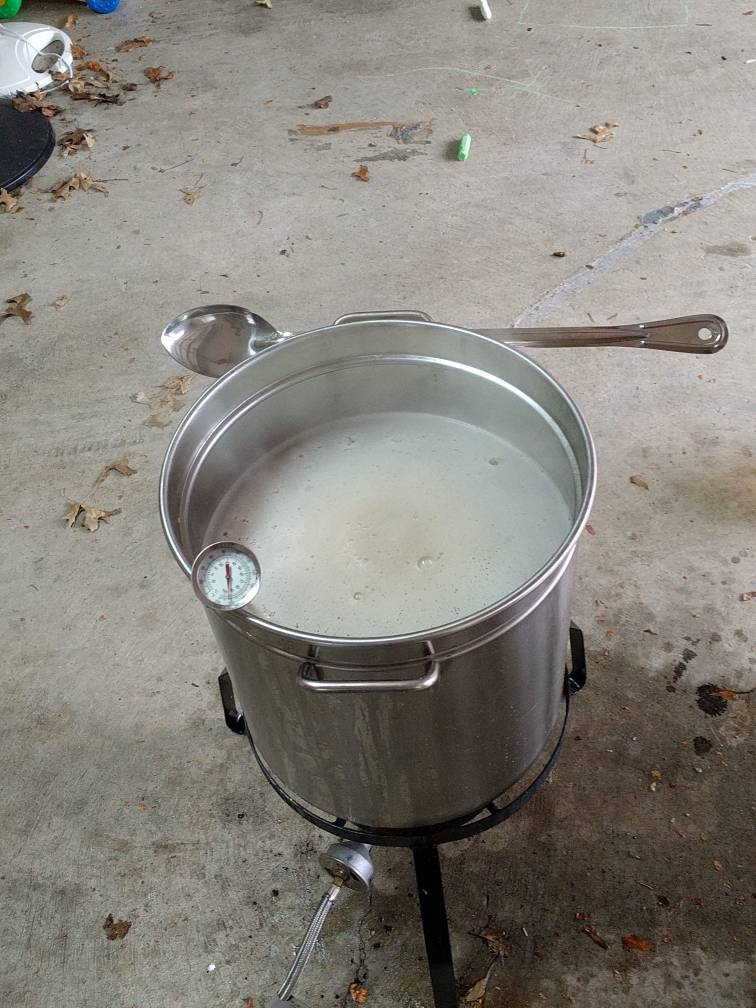View attachment 550074 View attachment 550075 So just tapped the WLP007 batch.
OG 1.056
FG 1.009
5.5 Gallons
8lbs 2-Row
4lbs White Wheat
Mashed at 152
(Only did a 30min boil)
30min- .25oz Mosaic
30min- .25oz Citra
Flameout- 1.75oz Mosaic (30min)
Flameout- 1.75oz Citra (30min)
Dry Hop 1- 2oz Mosaic (18 Days) added about 48hrs into fermentation
Dry Hop 2- 2oz Citra (13 Days)
No Keg Hops(moving away from this)
Yeast- WLP007 (no starter). Fermented at 63-65. Moved to low 70s at about 1 week. Sample tested on day 3 at 1.010. It was a quick worker.
Left in primary for 20 days. Moved to keg under Co2 and left in room temperature for 7 days. Brought to kegerator and Co2 for 24 hrs and served.
Not as hazy as 1318 or S04. Flavor is a bit juicier imo.. this is the most wheat I have ever used. The mouthfeel is silky. This is close to 30days from brew day.






























![Craft A Brew - Safale BE-256 Yeast - Fermentis - Belgian Ale Dry Yeast - For Belgian & Strong Ales - Ingredients for Home Brewing - Beer Making Supplies - [3 Pack]](https://m.media-amazon.com/images/I/51bcKEwQmWL._SL500_.jpg)





























